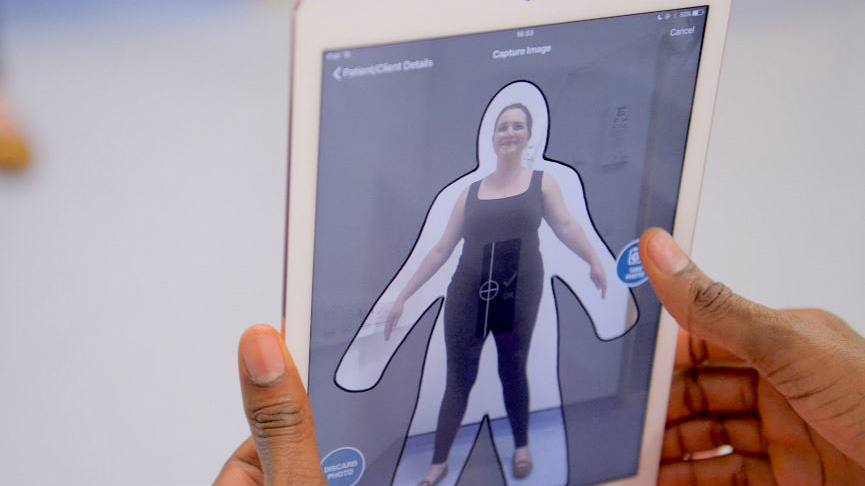Overview
Metabolic syndrome is a cluster of conditions that occur together, increasing your risk of heart disease, stroke and type 2 diabetes. These conditions include increased blood pressure, high blood sugar, excess body fat around the waist, and abnormal cholesterol or triglyceride levels.

Apple and pear body shapes
People who have metabolic syndrome typically have apple-shaped bodies, meaning they have larger waists and carry a lot of weight around their abdomens. It's thought that having a pear-shaped body that is, carrying more of your weight around your hips and having a narrower waist doesn't increase your risk of diabetes, heart disease and other complications of metabolic syndrome.
Having just one of these conditions doesn't mean you have metabolic syndrome. But it does mean you have a greater risk of serious disease. And if you develop more of these conditions, your risk of complications, such as type 2 diabetes and heart disease, rises even higher.
Metabolic syndrome is increasingly common, and up to one-third of U.S. adults have it. If you have metabolic syndrome or any of its components, aggressive lifestyle changes can delay or even prevent the development of serious health problems.
Symptoms
Most of the disorders associated with metabolic syndrome don't have obvious signs or symptoms. One sign that is visible is a large waist circumference. And if your blood sugar is high, you might notice the signs and symptoms of diabetes — such as increased thirst and urination, fatigue, and blurred vision.
When to see a doctor
If you know you have at least one component of metabolic syndrome, ask your doctor whether you need testing for other components of the syndrome.
From Mayo Clinic to your inbox
Causes
Metabolic syndrome is closely linked to overweight or obesity and inactivity.
It's also linked to a condition called insulin resistance. Normally, your digestive system breaks down the foods you eat into sugar. Insulin is a hormone made by your pancreas that helps sugar enter your cells to be used as fuel.
In people with insulin resistance, cells don't respond normally to insulin and glucose can't enter the cells as easily. As a result, your blood sugar levels rise even as your body churns out more and more insulin to try to lower your blood sugar.
Risk factors
The following factors increase your chances of having metabolic syndrome:
- Age. Your risk of metabolic syndrome increases with age.
- Ethnicity. In the United States, Hispanics — especially Hispanic women — appear to be at the greatest risk of developing metabolic syndrome. The reasons for this are not entirely clear.
- Obesity. Carrying too much weight, especially in your abdomen, increases your risk of metabolic syndrome.
- Diabetes. You're more likely to have metabolic syndrome if you had diabetes during pregnancy (gestational diabetes) or if you have a family history of type 2 diabetes.
- Other diseases. Your risk of metabolic syndrome is higher if you've ever had nonalcoholic fatty liver disease, polycystic ovary syndrome or sleep apnea.
Complications
Having metabolic syndrome can increase your risk of developing:
- Type 2 diabetes. If you don't make lifestyle changes to control your excess weight, you may develop insulin resistance, which can cause your blood sugar levels to rise. Eventually, insulin resistance can lead to type 2 diabetes.
- Heart and blood vessel disease. High cholesterol and high blood pressure can contribute to the buildup of plaques in your arteries. These plaques can narrow and harden your arteries, which can lead to a heart attack or stroke.
Prevention
A lifelong commitment to a healthy lifestyle may prevent the conditions that cause metabolic syndrome. A healthy lifestyle includes:
- Getting at least 30 minutes of physical activity most days
- Eating plenty of vegetables, fruits, lean protein and whole grains
- Limiting saturated fat and salt in your diet
- Maintaining a healthy weight
- Not smoking


